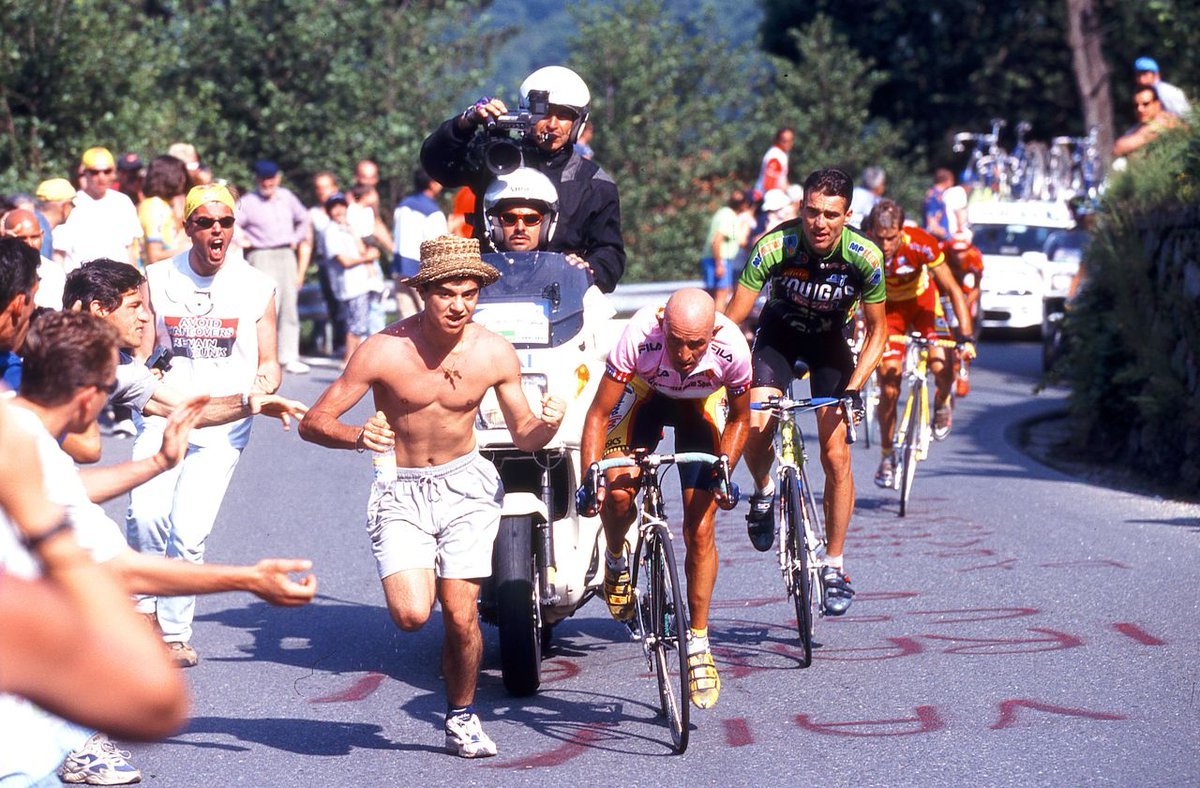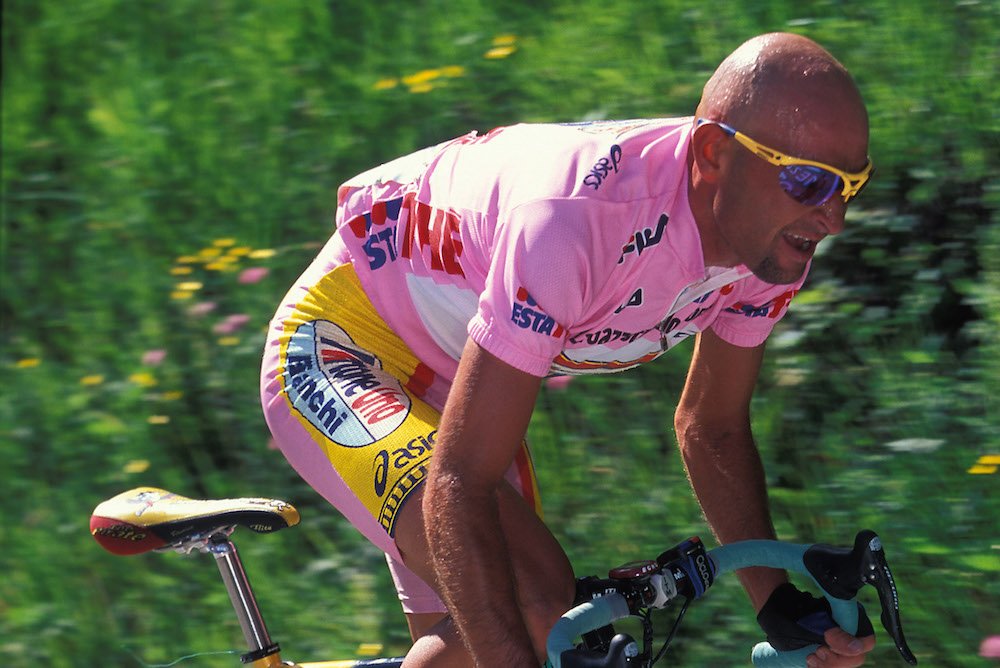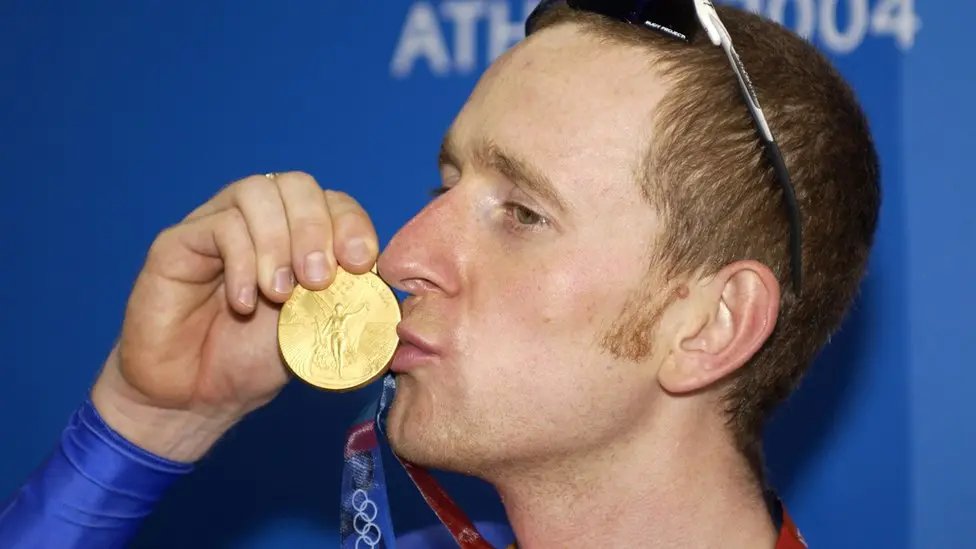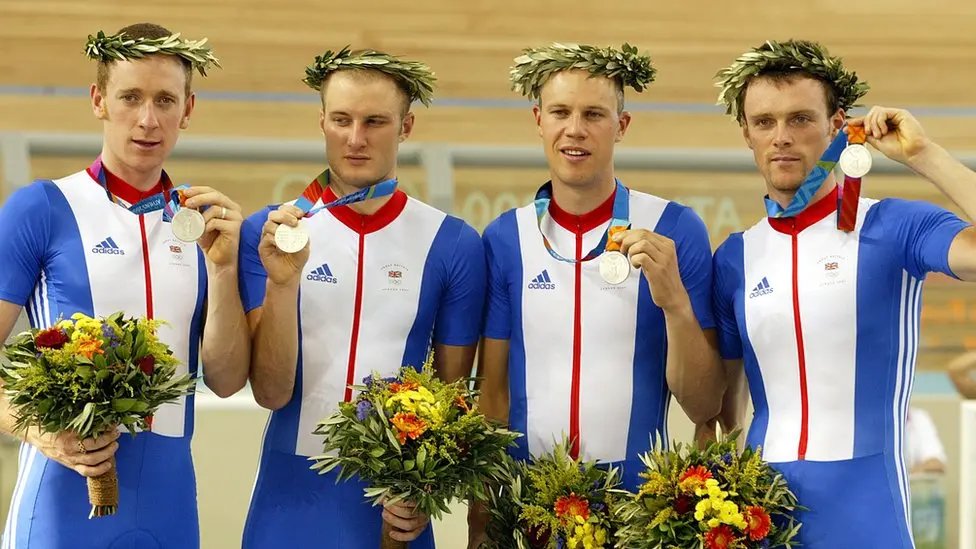Explaining the cycling iceberg: How the Mafia got Pantani kicked out of the 1999 Giro in the pink jersey. 1/18
#cyclingiceberg

#cyclingiceberg


The 1999 Giro d'Italia started with 1 big favorite: Marco Pantani. The Italian climber had won the Grio & Tour in 1998 (
https://twitter.com/NoahvPutten/status/1652715678921531395) and was looking to defend his giro title in 1999. 2/18

Pantani got off to a good start in the 1999 Giro. In the first proper mountain stage to Gran Sasso he flew away from the opposition. The Mercatone Uno rider was merciful. He won the stage by 23 seconds, just enough to take the pink jersey from Laurent Jalabert (ONCE). 3/18 

Jalabert took back the jersey the following day in the TT. Pantani, known for his bad TT's, put in a strong ride and finished third. Jalabert could enjoy the pink jersey for a few days, but couldn't keep up with Pantani in the 14th stage. 4/18 

On the final climb Pantani got up the road with Ivan Gotti (Polti) & Daniel Clavero (Vitalicio). The three worked together after the final climb and gained over a minute on the rest. Pantani was back in Pink. The following stage featured an uphill finish in Oropa. 5/18 

With 8km to go Pantani's chain blocked. He fixed the issue himself but lost 30s doing so. Pantani's teammates dropped back to help him, but the other favorites sensed an opportunity and attacked. Pantani however was not ready to concede. 6/18 

He overtook riders left right and center as he flew up the climb. He overtook 48 riders before catching up to a completely surprised Jalabert. Jalabert tried to follow Il Pirate, but Pantani stormed away like a tornado and won the stage 21s ahead of him. 7/18 

Jalabert managed to take back 45s in the 18th stage (TT), but had to raise the white flag in the 19th stage. On the Alpe di Pampeago Pantani attacked from the front and dropped all his opponents. He won the stage 1.07 ahead of Simoni, Jalabert lost over 4min. 8/18 

Pantani had also taken the lead in the KOM and Points classifications, but that still wasnt enough for him, he wanted to win the 20th stage. On the final climb to Madonna di Campiglio he rode the final 4km almost entirely out of the saddle, nobody could follow him. 9/18 

Pantani took his second consecutive stage win, and looked to win the giro for the second time. With just 1 mountain stage and a flat stage left his lead of over 5 min was more than enough to win the giro for a second year in a row. 10/18 

The following morning Pantani needed to undergo a blooddoping test. The test measured his hematocrit level, which couldn’t exceed 50%. The test was officially a health check, but a value above 50% suggested the use of blood doping/epo (both untraceable at the time). 11/18
Pantani’s test came back at 52% which meant he had to leave the giro and was suspended for 14 days. Italy was in shock. Whilst spectators got banners up saying ’Pantani is a god’ their god claimed there was a conspiracy against him and he broke a hotel window. 12/18 

He then went to a hospital for an independent blood test. The results of that test indicated a hematocrit level of 48%
Mercatone Uno withdrew its entire team from the giro out of protest, and put a statement out questioning the competence of the UCI anti-doping officers. 13/18
Mercatone Uno withdrew its entire team from the giro out of protest, and put a statement out questioning the competence of the UCI anti-doping officers. 13/18

The giro continued without a pink jersey as new leader Paolo Savoldelli refused the jersey saying: ‘Marco is clean for me’. The stage didn’t disappoint. Gotti launched a raid on the Mortirolo with 60km to go. With Simoni and Heras he opened a big gap on Savoldelli. 14/18 

Gotti only needed 40s to take the race lead, by the end of the stage he had 4.05. Gotti won his second Giro with Savoldelli and Simoni in 2nd and 3rd. The Giro had finished, but the controversy around Pantani didn’t. 15/18 

He gave interviews saying he didn’t use doping: ‘To win I don’t need a pharmacy, I need mountains.’ Whilst conspiracies circulated around the reason of the positive test Pantani was sued for fraud. In 2003 he got acquitted because doping wasn’t criminal offence in Italy. 16/18
Years after Pantani’s death in 2004 (more later) there appeared to be truth to one of the conspiracies. In 2015 a new investigation into the test found that the Italian Mafia had frauded with the sample of Pantani! 17/18 

Ahead of the Giro Camorra members had placed huge illegal bets on Pantani’s rivals. Once Pantani was going to win the giro they bribed UCI anti-doping officials to swap Pantani’s sample for a positive one. Pantani was taken out of the giro earning the Camorra big money. 18/18 

Video:
Note: Pantani’s test was negative, but he had nevertheless used banned substances. By injecting water he could lower his hematocrit level.
Note: Pantani’s test was negative, but he had nevertheless used banned substances. By injecting water he could lower his hematocrit level.
Note 2: The Maffia saga was a turning point is Pantani’s career. He could never accept the sanction, and felt ashamed the rest of his career. He never reached his 1999 levels anymore and died in 2004. More on this death & Ventoux win later this series
Sources: autobus.cyclingnews.com/results/1999/g… news.bbc.co.uk/2/hi/sport/361… bikeraceinfo.com/giro/giro1999.… nrc.nl/nieuws/2016/03…
• • •
Missing some Tweet in this thread? You can try to
force a refresh






























